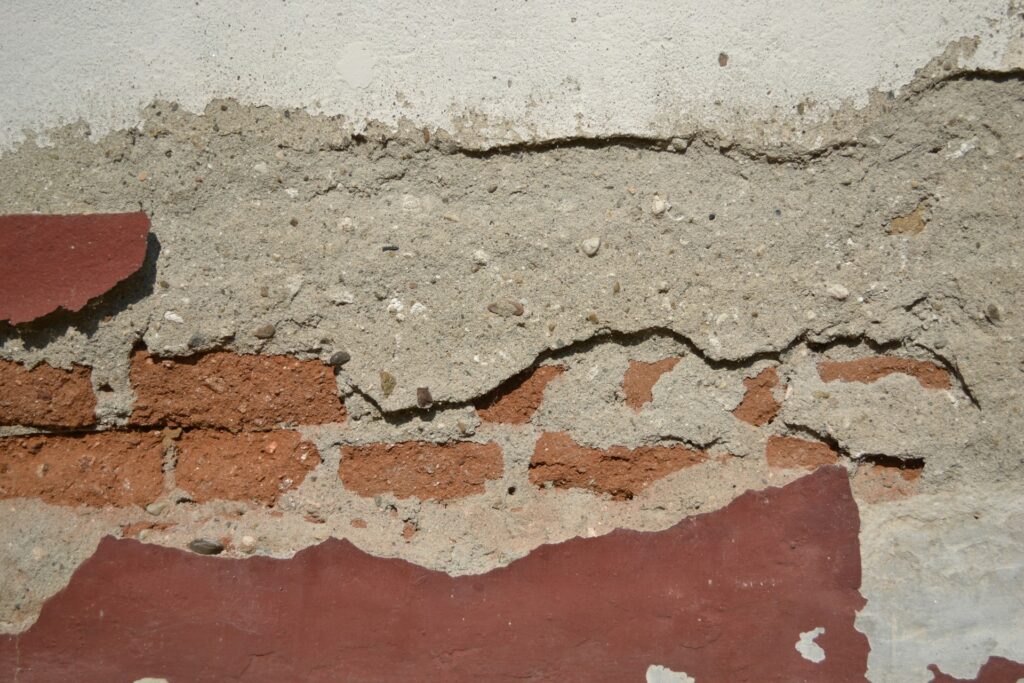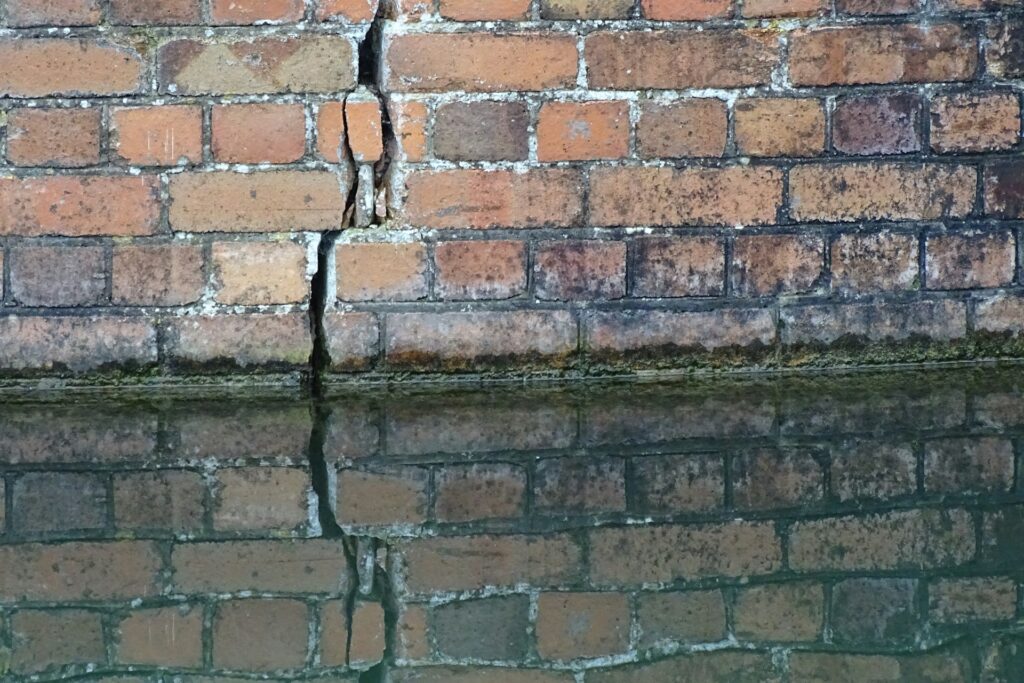
Photo by Marcu Ioachim on Unsplash
Your home is likely your biggest investment, and its stability literally rests on its foundation. While often out of sight, your foundation supports the entire structure, sort of like the mythical Atlas carrying the heavens on his shoulders.
But what happens when that hero starts to falter? Recognizing early warning signs of foundation issues is more than just aesthetics; it’s about your home’s safety and longevity.
The specter of foundation problems can be terrifying, spawning nightmares of bleeding money. However, not every creak or crack spells disaster. The key is knowing what to look for and when to call professionals.
Your home is communicating with you. Learn its language to know what it’s trying to tell you. And no, we’re not talking about it whispering sweet nothings, but rather, hinting at structural woes.
Cracking up!

By Belinda Fewings on Unsplash
Cracks are perhaps the most common and alarming sign. Minor hairline cracks in plaster or drywall can simply be normal house settling or humidity changes. Think of them as your home’s stretch marks. The cracks demanding your attention indicate structural movement.
Foundation cracks are a significant red flag. Check exterior and interior walls for vertical, horizontal, or stair-step cracks, especially around doors and windows. Pay attention to cracks wider than a quarter-inch, or those that grow over time.
Don’t forget to look down! Floor cracks, especially if wide or uneven, can indicate foundation problems. Similarly, drywall cracks, particularly diagonal ones radiating from door and window corners, often signal a shifting structure. If your drywall looks like the roadmap from your last vacation, then it’s time to pay attention.
Doors and windows: The sticky truth
Beyond cracks, your doors and windows can be surprisingly vocal. Difficulty opening or closing them isn’t just annoying; it can be a significant indicator. When a foundation shifts, it can distort frames, causing them to bind or become jammed. If your doors are playing hard to get, or your windows are staging a silent protest, your foundation might be throwing a tantrum.
Even more telling are gaps between exterior windows and walls. If you see light or feel a draft where the window frame meets the wall, it suggests the foundation is moving, pulling the wall away. These gaps compromise energy efficiency and can allow moisture intrusion.

Photo by Hayden Patmore on Unsplash
Floors and Walls: A crooked tale
Inside, pay close attention to your floors and walls. Uneven floors, where you feel a noticeable slope or dip, are a classic sign of foundation settlement. This indicates a section of your foundation has sunk or shifted. If walking through your living room feels like navigating a funhouse, your foundation might be the culprit. Similarly, sagging floors can also point to what lies below.
Now, look at your walls. Are they straight, or are they beginning to bow inward? Bowing walls are a serious concern, indicating significant pressure that the foundation can no longer withstand.
If your walls are starting to look like they’re doing the limbo, it’s time for a professional assessment.
What about that stately chimney? A cracked or leaning chimney is another strong indicator. Because chimneys are heavy and independent, they’re highly susceptible to foundation movement. If your chimney seems to be pulling away or is visibly tilted, like it’s had one too many, it’s a clear sign something is amiss below.
Finally, those subtle (or not-so-subtle) gaps between walls and floors are also red flags. As the foundation shifts, it can create separation, allowing drafts or even pests. Nobody wants a gap that lets in a draft and a family of freeloading mice.
Other indicators: The silent whispers
Sometimes, signs aren’t outwardly visible but are equally important. A musty smell, particularly in your basement or crawl space, often signals water intrusion.
While water doesn’t directly damage the foundation’s structural integrity, it can lead to hydrostatic pressure, soil erosion, and mold growth, all of which compromise the foundation.
Therefore, basement water leaks are a serious indicator. If your basement smells like a forgotten gym sock, it’s more than a sign you need to air it out. It’s a strong hint of possible foundation problems.
Look at any concrete or brick work around your home, like patios or walkways. If you notice uneven concrete or brick, it could be a sign of settling or shifting of the underlying ground, which can impact your home’s foundation. Your perfectly laid patio shouldn’t look like a topographical map.
When to call the professionals
Observing one or two of these signs doesn’t necessarily mean your home is crumbling like a stale cupcake. However, if you notice a combination of several signs, or if any are pronounced and worsening, it’s crucial to seek professional help. A qualified foundation specialist can diagnose the root cause and recommend appropriate action. Ignoring these warning signs can lead to more extensive damage and significantly higher repair costs.
By learning to recognize the silent language of foundation issues, you can protect your investment and ensure your home remains on solid ground for years to come. So, next time your door sticks, or you spot a new crack, don’t just sigh and blame the weather. Your home might be crying out for attention. Are you listening?
Buying or selling a home in Western North Carolina?
Avoid unpleasant surprises! Contact Asheville Home Inspector Peter Young before signing any contracts. Call (828) 808-4980, or click here to make an appointment.